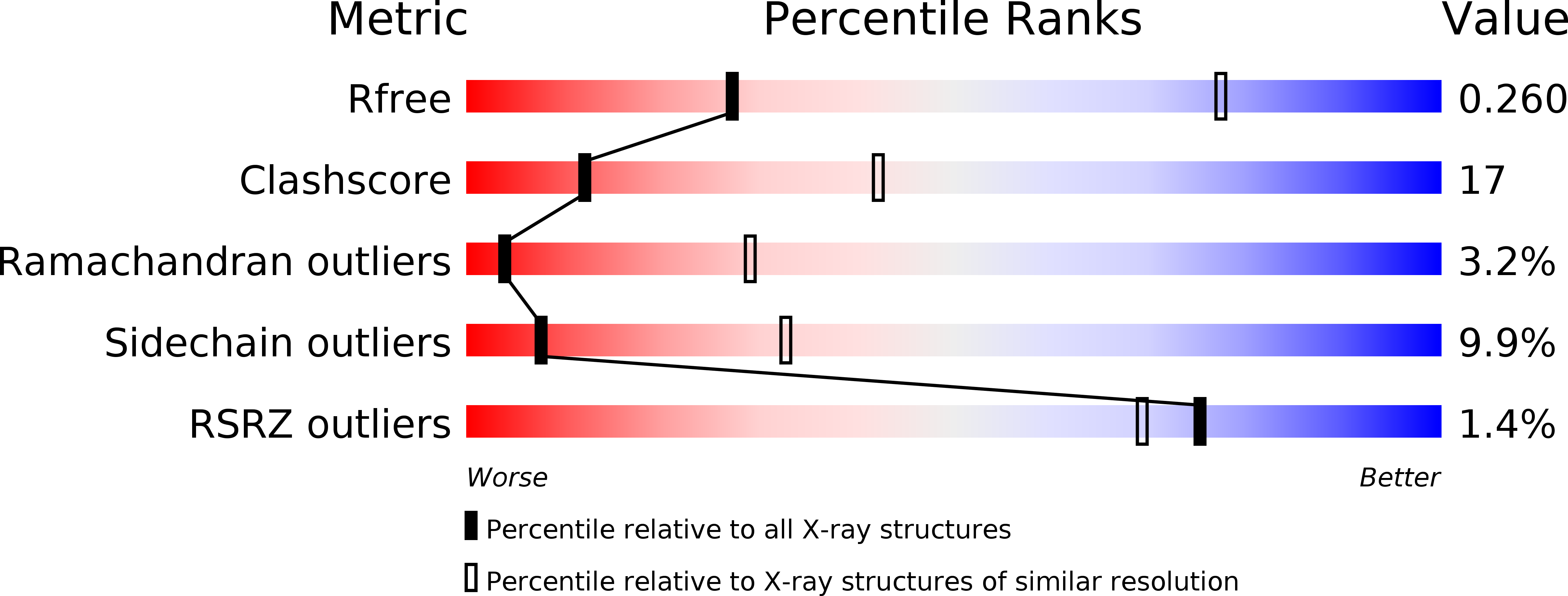
Deposition Date
2013-03-22
Release Date
2013-05-08
Last Version Date
2024-02-28
Method Details:
Experimental Method:
Resolution:
3.50 Å
R-Value Free:
0.25
R-Value Work:
0.22
R-Value Observed:
0.22
Space Group:
P 2 21 21


